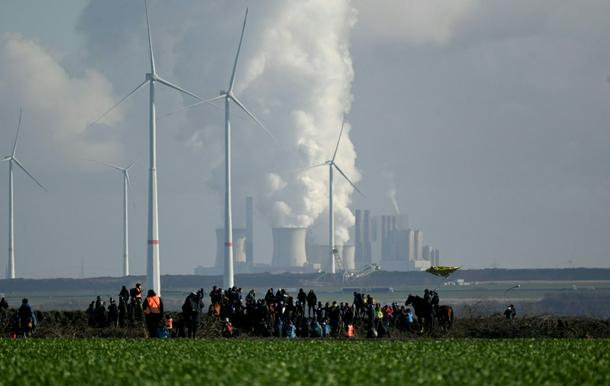King Coal Set to Lose Crown for Electricity Production: IEA
Paris (AFP) – Renewables are on track to surpass coal as the leading source of energy for global electricity production by 2025, according to a report by the International Energy Agency (IEA) released on Wednesday.
The IEA’s annual report on the electricity market highlights that renewables, particularly solar panels, are expected to account for more than one-third of total electricity production by 2026, increasing from 30% in the previous year to 37%.
When considering nuclear power, which is projected to reach a record level next year, nearly half of the world’s electricity will be generated by low-emissions sources by 2026, compared to just under 40% in 2023.
The rapid growth of renewables is anticipated to outpace the rising electricity demand in developed countries as part of their carbon neutrality efforts, affirms the IEA.
Fatih Birol, Executive Director of the IEA, emphasizes, “The power sector currently produces more CO2 emissions than any other in the world economy, so it’s encouraging that the rapid growth of renewables and a steady expansion of nuclear power are together on course to match all the increase in global electricity demand over the next three years.”
China, where coal currently accounts for over half of electricity production, may also witness a shift in the energy landscape, depending on factors like hydroelectric production and the pace of economic recovery.
Nonetheless, the IEA foresees a gradual decline in coal usage, despite developing nations driving most of the increase in electricity demand in the coming years.
The report predicts an average annual decrease of 1.7% in electricity produced from coal until 2026, following a 1.6% increase last year due to limited hydroelectric power production in China and India.
Conversely, electricity generated from natural gas is expected to grow by approximately 1% every year during the same period.
The IEA anticipates that electricity generated from nuclear power plants will reach a new record level next year, building upon the achievements of 2021. This is mainly attributed to the completion of reactor repairs in France and the commissioning of new plants in countries such as China, India, Japan, and South Korea.
















































